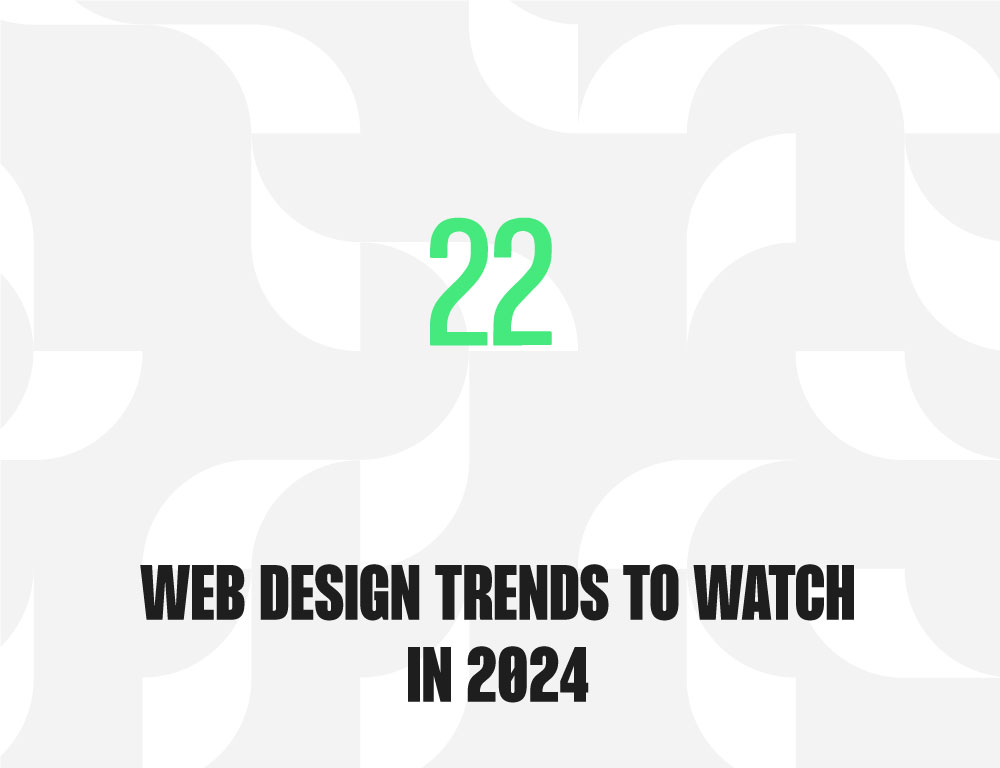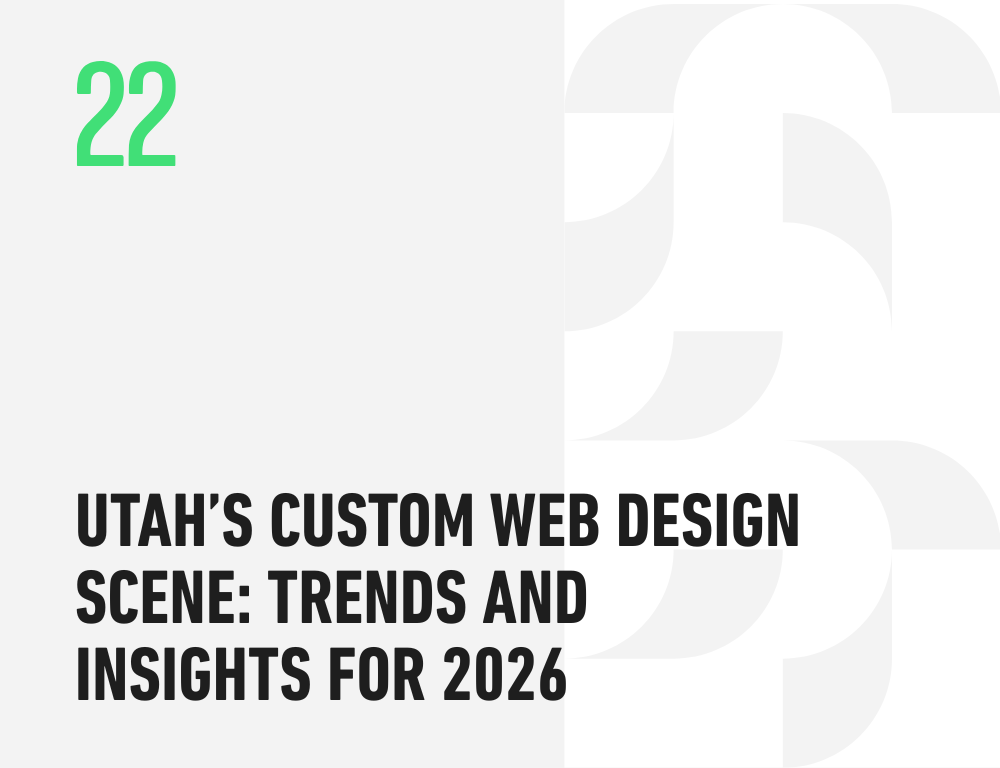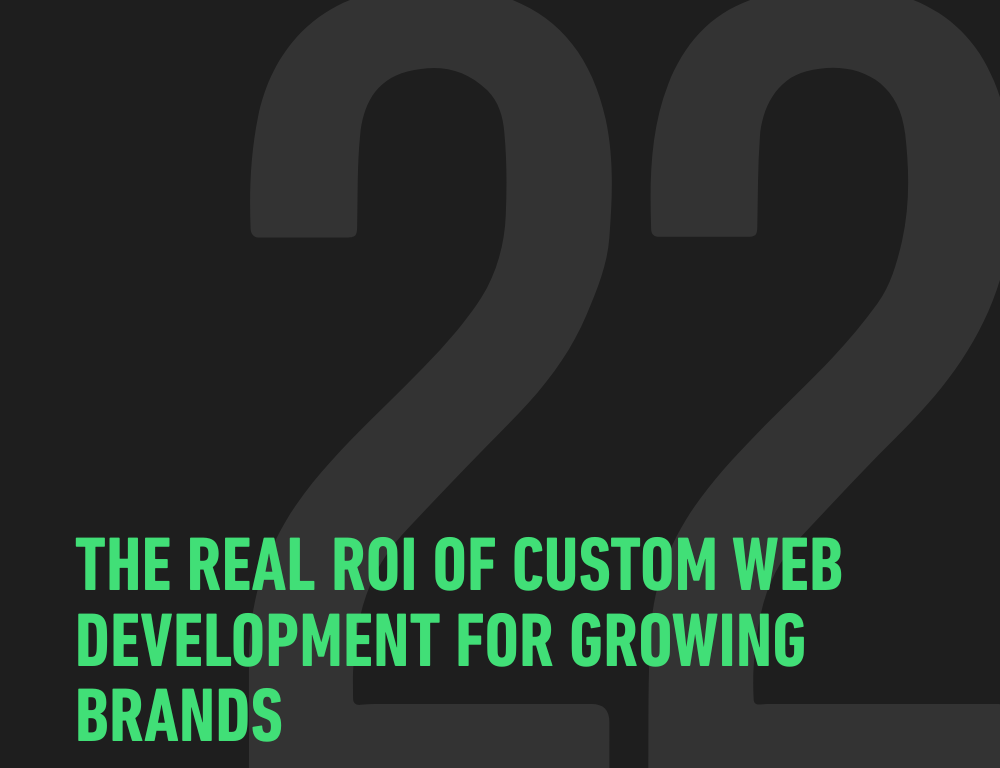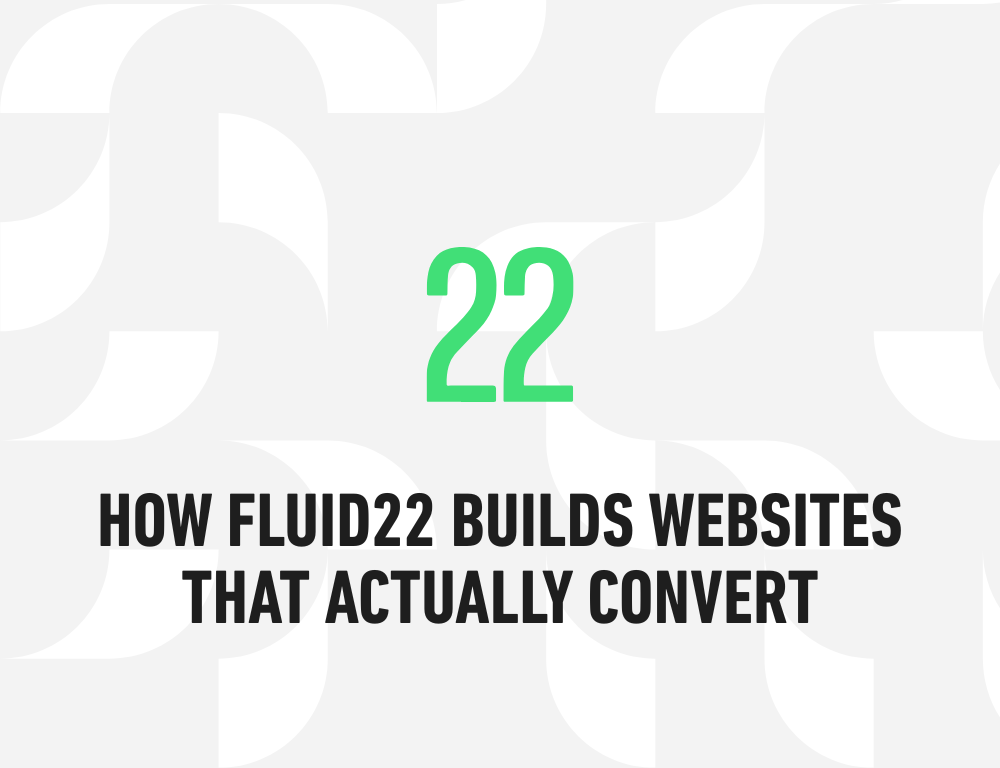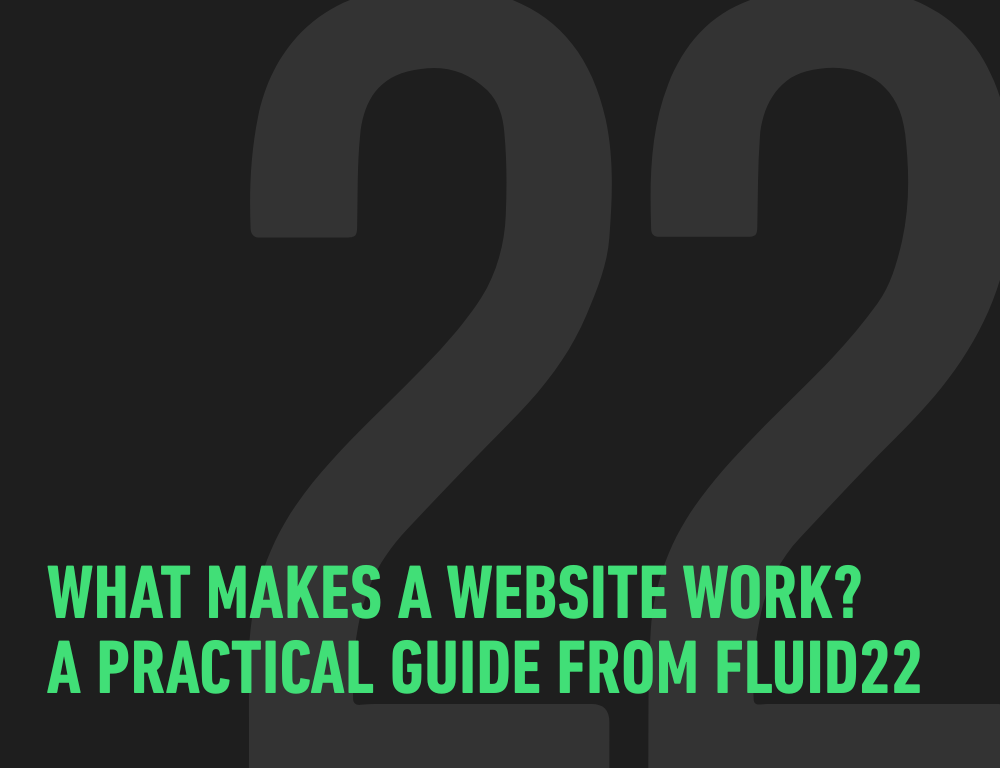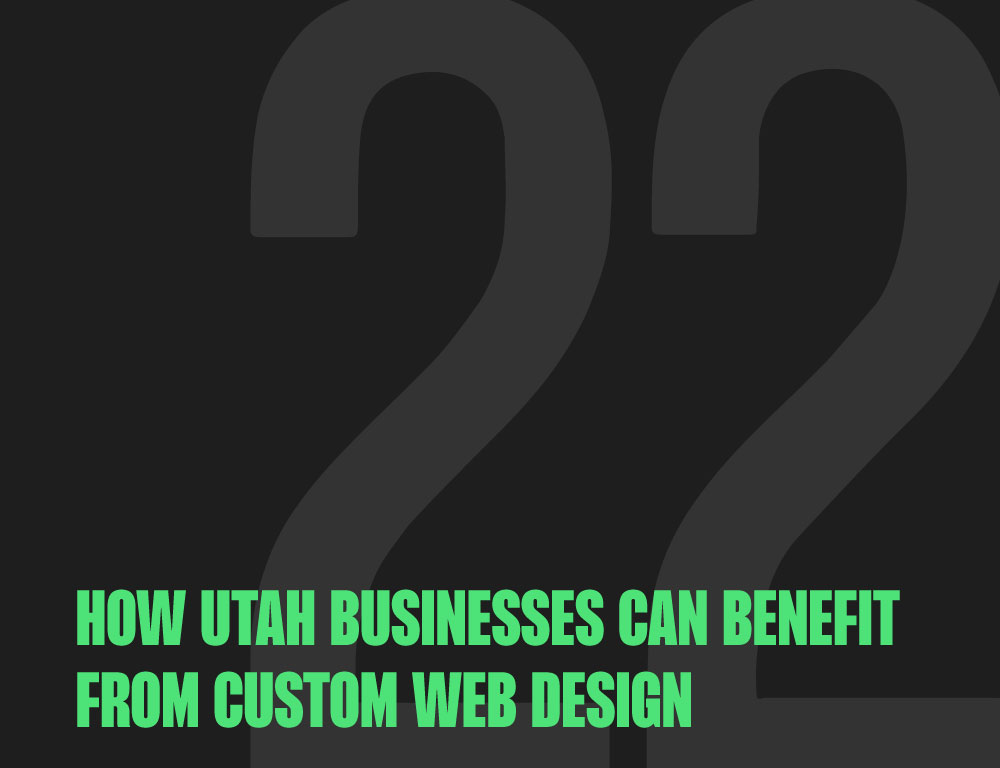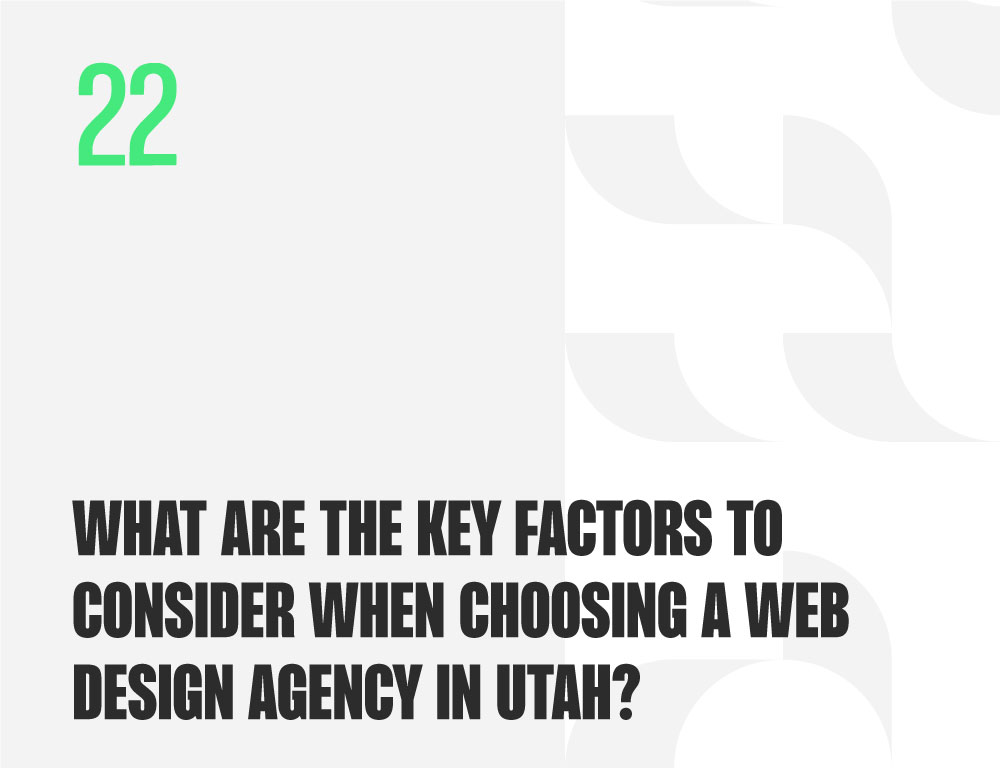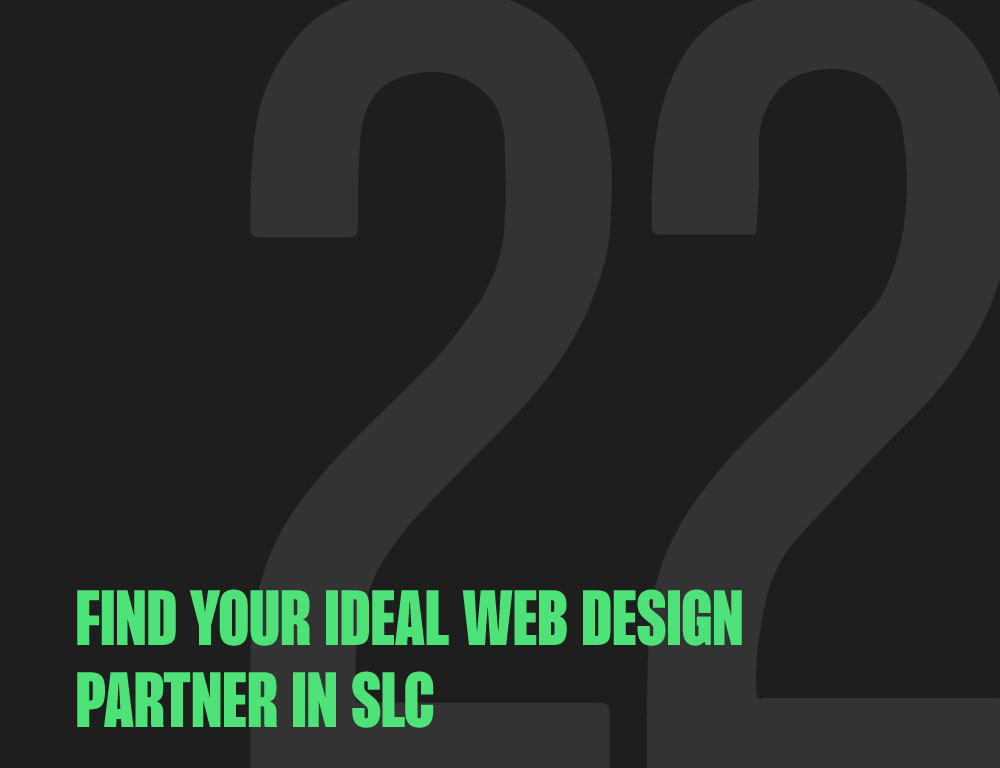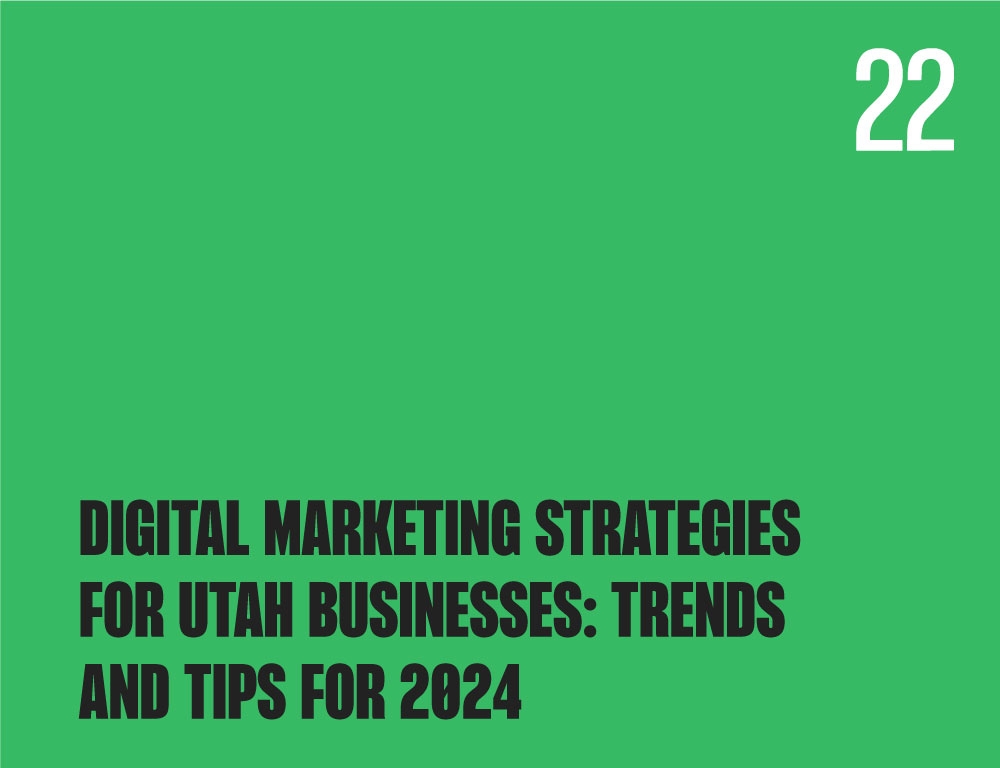Comprehensive Outline for “Web Design Trends to Watch in 2024”
- Introduction to Modern Web Design
- Futuristic Aesthetics: The New Face of Web Design
- Minimalism and Maximalism: Balancing the Extremes
- Bold Typography and its Impact
- Interactive Experiences: Enhancing User Engagement
- The Rise of Micro-Interactions
- Gamification in Web Design
- AI and Machine Learning: Revolutionizing Design Choices
- Personalization Through AI
- Predictive UX: Anticipating User Needs
- Accessibility and Inclusivity: Design for All
- Making Web Design Universally Accessible
- Embracing Cultural Diversity in Design
- Mobile-First Design: Prioritizing the Mobile Experience
- The Importance of Responsive Design
- Optimizing for Speed and Performance
- Advanced Animation and Motion Graphics
- The Role of Animation in Storytelling
- Integrating Motion Graphics Seamlessly
- Sustainable and Eco-Friendly Design
- Reducing Digital Carbon Footprint
- Eco-friendly Practices in Web Design
- Virtual Reality (VR) and Augmented Reality (AR) in Web Design
- Immersive Experiences: The Future of Interaction
- Blending Reality with Digital Interfaces
Web Design Trends to Watch in 2024: A Glimpse into the Future
Introduction to Modern Web Design
In the ever-evolving world of technology, web design has continually adapted, reflecting cultural, technical, and artistic shifts. The journey from static pages to dynamic, user-centric experiences marks a significant transformation in how we perceive and interact with the digital world. As we approach 2024, it’s crucial to anticipate and understand the upcoming trends that will shape the future of web design.
The importance of staying ahead in web design cannot be overstated. For businesses, an innovative and forward-thinking web presence is key to staying competitive. For designers, it’s about pushing boundaries and exploring new creative possibilities. As we delve into the trends of 2024, we find ourselves at the intersection of aesthetics, functionality, and cutting-edge technology.
Futuristic Aesthetics: The New Face of Web Design
As we transition into 2024, web design is taking a bold leap into futuristic aesthetics. The trends are oscillating between two extremes: minimalism and maximalism. Minimalism, with its clean lines and uncluttered spaces, continues to be a favorite for its ability to deliver content in a straightforward, unobtrusive manner. On the other hand, Maximalism makes a statement with vibrant colors, bold patterns, and abundant details, creating a rich, immersive experience. The key lies in balancing these extremes to create unique, memorable websites.
Bold typography has emerged as a powerful tool in this new era of web design. It’s not just about choosing the right font anymore; it’s about making a statement. Oversized, bold letters can anchor a design, instantly guiding the user’s eye and imparting the site’s personality. This trend is a nod to the importance of immediacy and impact in digital communication.
Interactive Experiences: Enhancing User Engagement
The focus has shifted to creating interactive experiences that engage users more deeply. Micro-interactions, small animations that respond to user actions, are becoming increasingly popular. They add a layer of interactivity and engagement, making the user experience more intuitive and enjoyable. Gamification in web design is another trend on the rise. By incorporating rewards and challenges, designers can make routine interactions more engaging and fun, encouraging users to spend more time on the site.
AI and Machine Learning: Revolutionizing Design Choices
Artificial Intelligence (AI) and Machine Learning are not just buzzwords; they are revolutionizing web design. Personalization is a significant benefit of AI, allowing websites to offer tailored experiences to each user. By analyzing user data, AI can suggest content, modify layouts, and even change color schemes based on user preferences. Predictive UX takes this further, using AI to anticipate user needs even before they are explicitly expressed, creating a fluid, intuitive user experience.
Accessibility and Inclusivity: Design for All
The trend towards accessibility and inclusivity in web design is not just a moral imperative but a practical one. Designing for all means creating websites that are usable by people with a wide range of abilities and disabilities. This includes considerations like color contrast for the visually impaired, alt text for images, and keyboard navigation for those unable to use a mouse. Inclusivity extends to cultural diversity, ensuring design elements and content are sensitive and appropriate for a global audience.
Mobile-First Design: Prioritizing the Mobile Experience
With the increasing dominance of mobile devices, a mobile-first approach to web design is no longer optional. Responsive design ensures that websites look and work well on various devices, from desktops to smartphones. Speed and performance optimization are crucial here, as mobile users expect fast loading times and smooth navigation.
Advanced Animation and Motion Graphics
Animation and motion graphics are becoming integral to web design, used not just for decoration but for storytelling and user engagement. Well-implemented animations can guide users through a site, draw attention to important elements, and enhance the overall aesthetic. However, the key is to integrate these elements seamlessly without compromising the site’s performance.
Sustainable and Eco-Friendly Design
Sustainable web design is an emerging trend that considers the environmental impact of digital products. Design choices like optimized images, efficient coding, and green hosting can significantly reduce a website’s digital carbon footprint. Adopting eco-friendly practices in web design is good for the planet and resonates with environmentally conscious users.
Virtual Reality (VR) and Augmented Reality (AR) in Web Design
VR and AR are transforming web design into an immersive experience. VR allows users to enter a fully realized digital world, offering unparalleled engagement. Conversely, AR enhances the real world by overlaying digital information, creating a blended experience. These technologies are particularly useful in e-commerce, education, and real estate, where immersive experiences can significantly enhance user interaction.
The Role of Data in Shaping Web Design
Data-driven design is increasingly important in making informed website design and functionality decisions. Analytics can reveal how users interact with a site, which can be used to refine and improve the user experience. However, balancing data-driven design with ethical considerations is crucial, ensuring user privacy and data security.
Conclusion: The Future is Here
As we look ahead to 2024, it’s clear that web design is poised for exciting advancements. From AI and VR to a renewed focus on accessibility and sustainability, the trends are about creating more engaging, inclusive, and impactful online experiences. For designers, this means embracing new technologies and methodologies, while for businesses, it’s an opportunity to connect with audiences in more meaningful ways. The future of web design is here, full of possibilities.
FAQs: Understanding Web Design Trends to Watch in 2024
What makes minimalism and maximalism significant in 2024’s web design trends?
Minimalism and maximalism are significant because they represent two ends of the design spectrum. Minimalism offers a clean, distraction-free environment, ideal for delivering content effectively, while maximalism creates a rich, engaging experience through vibrant colors and detailed elements. The trend in 2024 is about striking the right balance between these two to cater to diverse user preferences.
AI and machine learning are revolutionizing web design by enabling personalized user experiences. They allow for dynamic content adjustment, layout changes, and predictive UX, anticipating user needs. This technology makes websites more intuitive and user-friendly, significantly enhancing the user experience.
Why is mobile-first design crucial in 2024?
Mobile-first design is crucial because of the growing prevalence of mobile device usage. A mobile-first approach ensures that websites are optimized for smaller screens, leading to better user engagement and retention. It focuses on responsive design, fast loading times, and efficient navigation, which are essential for meeting the expectations of modern users.
What role does sustainability play in web design trends for 2024?
Sustainability in web design is about reducing the environmental impact of digital products. This includes making design choices that minimize energy consumption, such as optimized images and efficient coding. It’s an emerging trend that aligns with the global shift towards environmental consciousness, making it ethically important and appealing to eco-aware users.
How will VR and AR impact web design in 2024?
VR and AR will bring a new dimension to web design by creating immersive and interactive experiences. VR allows users to enter a fully digital environment, offering unparalleled engagement opportunities, while AR enhances the real world with digital overlays. These technologies are particularly impactful in fields like e-commerce and education, where they can create unique and memorable user experiences.
What are the ethical considerations in data-driven web design?
Ethical considerations in data-driven web design include user privacy and data security. While leveraging user data can enhance the design and user experience, it’s important to do so responsibly. This means obtaining user consent, ensuring data security, and being transparent about data usage. Balancing user benefits with ethical practices is key to maintaining trust and integrity in web design.
In conclusion, the web design trends of 2024 are not just about aesthetic changes but also involve significant technological advancements and ethical considerations. Staying ahead in this dynamic field requires understanding these evolving trends and a commitment to creating user-centric, sustainable, and technologically advanced designs.
Engage, explore, and excel with Fluid22
